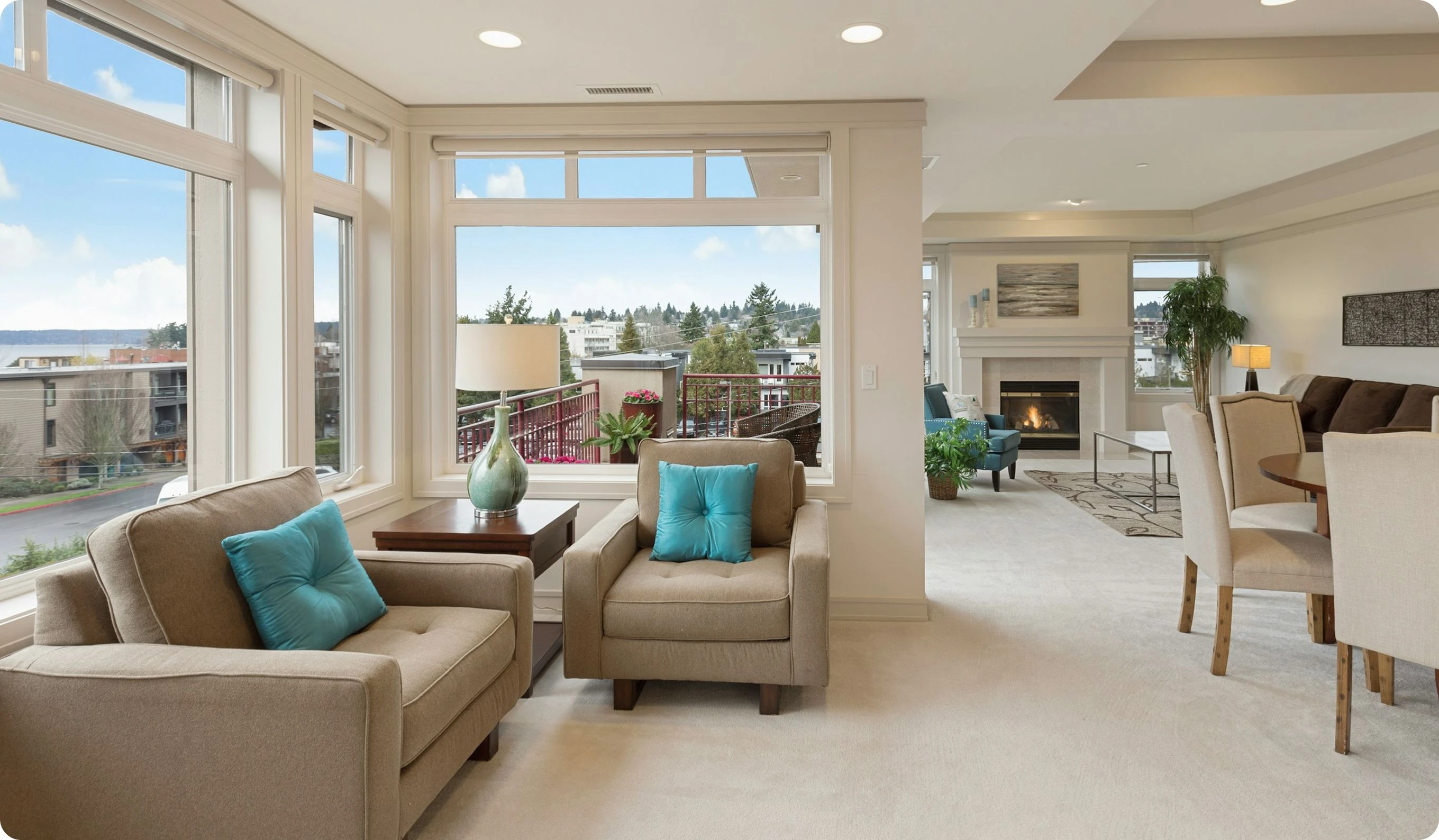Advantages of traveling
to Nepal
Everest Base Camp
Trek through Sherpa villages, cross high suspension bridges, gain acclimatization on ancient trails, and stand beneath the world’s highest peak at sunrise.
Kathmandu Heritage
Wander UNESCO-listed Durbar Squares, explore medieval temples and stupas, witness Newar mask dances, and sample momo dumplings in ancient courtyards.
Chitwan Jungle Safari
Embark on a jeep and canoe safari to spot rhinos, Bengal tigers, and sloth bears, learn Tharu village traditions, and sleep in riverside eco-lodges.
Everest Base Camp
Trek through Sherpa villages, cross high suspension bridges, gain acclimatization on ancient trails, and stand beneath the world’s highest peak at sunrise.
Kathmandu Heritage
Wander UNESCO-listed Durbar Squares, explore medieval temples and stupas, witness Newar mask dances, and sample momo dumplings in ancient courtyards.
Chitwan Jungle Safari
Embark on a jeep and canoe safari to spot rhinos, Bengal tigers, and sloth bears, learn Tharu village traditions, and sleep in riverside eco-lodges.

Useful articles
and recommendations from experts
Tourism in Nepal: Explore the Himalayan Kingdom
Nepal, a landlocked jewel nestled between India and China, enchants with towering peaks, spiritual heritage, and vibrant cultural mosaic. Tourism in Nepal spans world-class trekking routes through the Annapurna and Everest regions, UNESCO World Heritage Sites in the Kathmandu Valley, and immersive jungle safaris in Chitwan National Park. Whether you seek epic travel experiences in Nepal—summiting high passes on the Annapurna Circuit or meditating in centuries-old stupas—or prefer cultural journeys exploring Newari art and rural homestays, understanding how to visit Nepal ensures seamless logistics and maximum enrichment. This guide outlines the best tours in Nepal, practical transport and visa advice, seasonal visitor flows, and day-by-day itineraries—providing a 1,200-word deep dive into the Himalayan kingdom’s top attractions and authentic experiences.
Why Nepal Is a Top Tourist Destination
Nepal’s enduring appeal stems from its unparalleled combination of natural grandeur and living traditions. Eight of the world’s ten highest peaks rise within its borders, offering mountaineers and trekkers access to Everest Base Camp (5,364 m), Annapurna Sanctuary, and the remote Kanchenjunga region. The Kathmandu Valley alone hosts seven UNESCO World Heritage Sites, including Pashupatinath Temple’s sacred ghats, the ornate pagodas of Boudhanath and Swayambhunath, and the medieval kingdoms of Patan and Bhaktapur. Beyond the high mountains and historic cities, Nepal’s lowland Terai encompasses Chitwan and Bardia National Parks, home to Bengal tigers, one-horned rhinoceros, and rare gharial crocodiles. Thousands of years of Hindu and Buddhist coexistence give rise to colourful festivals—Dashain, Tihar, Holi—and daily rituals of prayer flags and butter-lamp offerings. This tapestry of peaks, plains, and piety explains why tourism in Nepal captivates adventure seekers, culture enthusiasts, and spiritual pilgrims alike.
Main Types of Tourism in Nepal
Travel experiences in Nepal accommodate diverse interests and activity levels, each supported by expert operators and community-led initiatives:
- High-Altitude Trekking: Best tours in Nepal include the Annapurna Circuit’s dramatic climbs through Thorong La Pass (5,416 m), the Gokyo Lakes trek with Everest views, and the Manaslu Circuit’s remote glaciers. Local guides and tea-house networks ensure safe acclimatization and cultural interaction.
- Peak Climbing & Mountaineering: How to visit Nepal’s summits: professional expeditions on Everest, Lhotse, and Ama Dablam, supported by Sherpa logistics; permit coordination via the Nepal Mountaineering Association; high-altitude medical support.
- Cultural & Heritage Tours: Travel experiences in Nepal’s living history: guided circuits of Kathmandu, Patan, and Bhaktapur Durbar Squares; pilgrimages to Muktinath and Janakpur; handicraft workshops in Thimi and Bungamati Newari villages; participation in local festivals.
- Wildlife & Jungle Safaris: Best tours in Nepal’s subtropical belt: jeep and elephant-back safaris in Chitwan NP; birdwatching in Koshi Tappu Wildlife Reserve; community homestays with the Tharu people, learning paddy cultivation and folk dances.
- Adventure & Eco-Tourism: How to visit Nepal’s adrenaline hotspots: white-water rafting on the Trishuli and Bhote Koshi rivers; canyoning and zip-lining in Pokhara’s Seti Gorge; mountain-biking across Mustang’s arid trails; paragliding over Phewa Lake.
- Wellness & Spiritual Tourism: Travel experiences in Nepal for body and soul: yoga and meditation retreats in Rishikesh-inspired ashrams near Kathmandu; ayurvedic therapies in Pokhara; mindfulness programs at Kopan Monastery and Pharping cave hermitages.
Unique Attractions and Experiences
Beyond mainstream routes, Nepal offers singular best tours in Nepal that illuminate its hidden facets:
- Ghorepani Poon Hill Sunrise: A short trek to Poon Hill (3,210 m) reveals panoramic Annapurna and Dhaulagiri sunrise vistas—ideal for photographers and novice trekkers alike.
- Upper Mustang Expedition: Permits grant access to the “Forbidden Kingdom” of Lo, where Tibetan culture thrives amidst desert canyons, ancient fortresses, and red-painted cliff dwellings.
- Tiji Festival in Mustang: Witness the three-day Buddhist celebration of “Flight of the Deer,” featuring masked cham dances, sacred rituals, and community feasts in Lo Manthang.
- Rural Homestay Rotary: Cycle or trek between homestays in the Ghale Gaun community, sampling millet beer, yak cheese, and participating in ancient rice-wine brewing ceremonies.
- Lake Tilicho High-Camp: Trek above 5,000 m to Tilicho Lake’s turquoise basin, an ecological marvel on the Annapurna Circuit—camp beside icebergs with Dhaulagiri looming overhead.
Practical Tips for Travelers
To optimize how to visit Nepal, keep these insider Nepal travel tips in mind:
- Visas & Entry: Most nationalities obtain a tourist visa on arrival at Kathmandu Tribhuvan or Pokhara airports (15-, 30-, or 90-day options). Pre-arrival e-Visas are available online; ensure passport validity of six months.
- Transport: Domestic carriers (Sita Air, Tara Air) connect Kathmandu, Pokhara, Lukla, and Bharatpur. Tourist buses ply Kathmandu–Pokhara highway; scheduled flights reduce travel time. Local taxis and ride-hailing (Pathao) serve urban areas. Trek-sector jeeps and shared jeeps link trailheads.
- Accommodation: Options range from boutique heritage hotels in Kathmandu’s Thamel district to eco-luxe lodges in Pokhara and basic tea-houses in trekking regions. Peak trekking seasons (spring and autumn) require booking 2–3 months ahead.
- Health & Safety: Altitude sickness is common above 3,000 m—ascend gradually, hydrate, and consider Diamox. Tap water should be filtered or boiled; UV-water-purification bottles are recommended. Standard precautions against cold injuries and sun exposure apply.
- Local Etiquette: Remove shoes and cover shoulders/legs before entering temples. Greet with “Namaste” and folded palms. Respect local customs—ask before photographing people, especially women in rural areas.
- Currency & Payments: Nepalese rupee (NPR) is official; ATMs widely available in cities. Carry cash for remote regions—cards rarely accepted outside major hotels. Exchange USD for best rates in Kathmandu’s bank branches.
Seasonal Demand and Visitor Flows
Nepal’s climate and cultural calendar create optimal windows for tourism in Nepal:
- Spring Trekking (March–May): Rhododendrons bloom across mid-hills; stable weather and moderate crowds make this peak season for Annapurna and Everest treks—book permits and lodges 3–4 months ahead.
- Monsoon Green Season (June–August): Fewer trekkers and discounted rates on tea-houses; Annapurna & Lower Mustang circuits remain accessible; wildlife thrives in Chitwan—ideal for jungle safaris.
- Autumn Clarity (September–November): Post-monsoon clears Himalayan panoramas; busiest period for best tours in Nepal; permits for Upper Mustang and high passes sell out—reserve 4–6 months in advance.
- Winter Highlands (December–February): Cold, clear days offer snow-clad vistas; lower-altitude treks and cultural tours flourish; Lumbini pilgrimage to Buddha’s birthplace experiences lower crowds.
Travel Planning Recommendations
To craft a 10-day Nepal itinerary that balances mountains, culture, and wildlife, consider:
- Days 1–2 (Kathmandu Cultural Circuit): Visit Pashupatinath, Boudhanath, and Swayambhunath; explore Durbar Squares; attend a Nepali dance performance.
- Days 3–5 (Pokhara & Annapurna Foothills): Drive to Pokhara; boat on Phewa Lake; hike Sarangkot at dawn; begin Ghorepani or Poon Hill trek; overnight tea-houses.
- Days 6–8 (Chitwan Jungle Safari): Transfer to Chitwan NP; jeep and canoe safaris spotting rhinos and tigers; Tharu village cultural program; jungle-tharu homestay.
- Days 9–10 (Bhaktapur & Departure): Return to Kathmandu; day-trip to Bhaktapur’s medieval streets; pottery and woodcarving workshops; final shopping in Thamel; depart via Tribhuvan Airport.
By following these how to visit Nepal strategies—reserving permits and lodges early, packing layered gear for variable climates, and engaging with local guides—you’ll unlock the most rewarding travel experiences in Nepal, ensuring a seamless, deeply enriching, and unforgettable Himalayan adventure.

